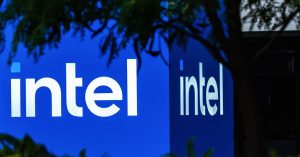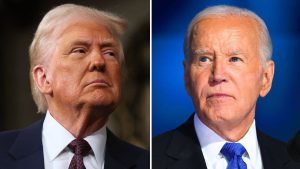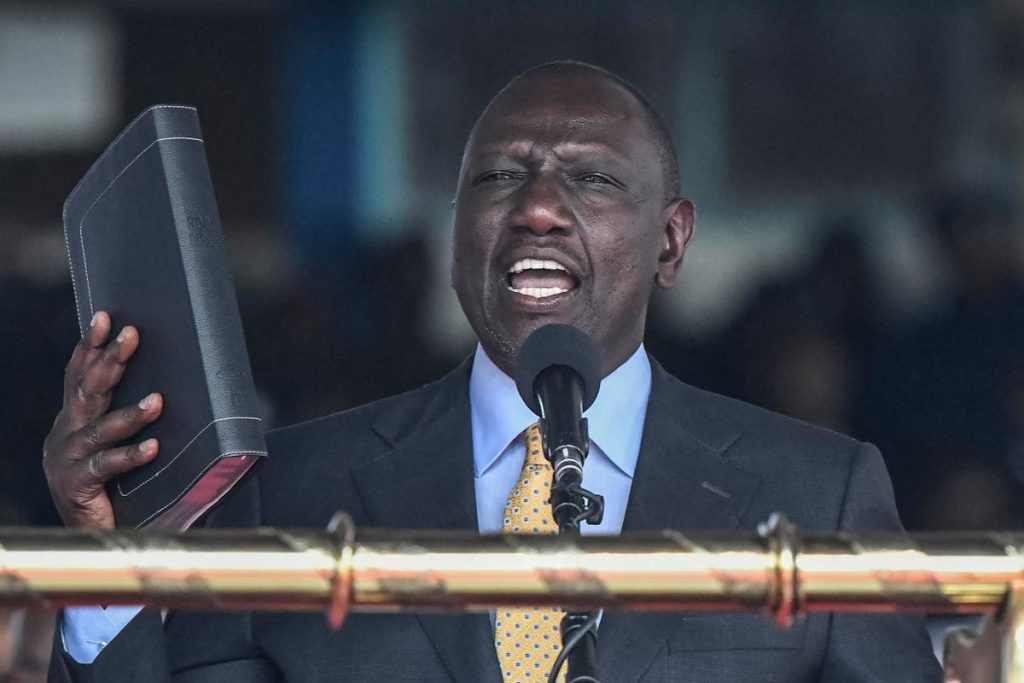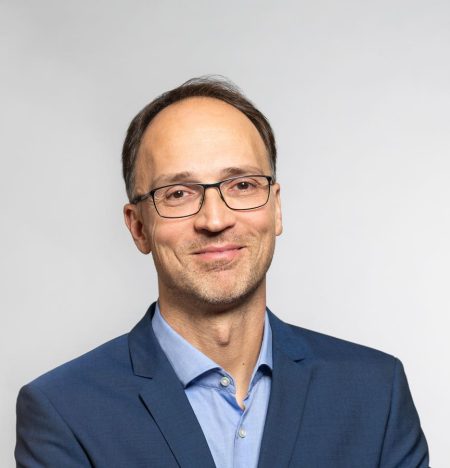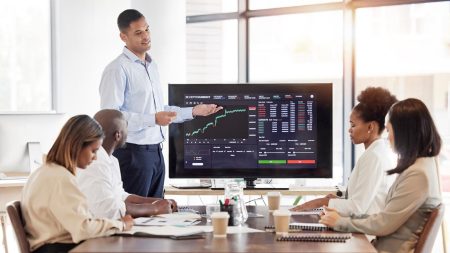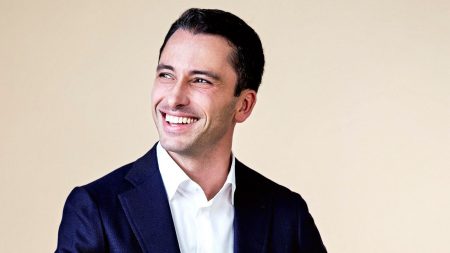The Bridgetown Initiative, spearheaded by Barbados Prime Minister Mia Mottley has been essential in pointing out the shortfalls of the current international financial system in dealing with the consequences of climate change. The Prime Minister has been advocating for the world’s most vulnerable countries in the face of a debt crisis caused by the developed world’s carbon footprint and the Covid pandemic.
In June, President Macron of France along with co-host PM Mottley convened a summit in Paris of world leaders to build on the Bridgetown Initiative by examining ways the world’s financial system could be made more equitable, effective, and resilient to face society’s numerous challenges.
Summit For A New Global Financing Pact
The Paris Summit’s outcomes include proposals for “debt pauses” in case a country is hit by a climate calamity, actual debt restructurings for Zambia ($6.3 billion) and Ghana, a $100 bn ongoing target for re-channeling Special Drawing Rights (international monetary units quoted as a basket currency), to be used to bolster the solvency of the multilateral development banks, a similar target for the 2009 committed Green Climate Fund, a shipping levy on emissions, along with a foreign currency exchange (FX) guarantee scheme to offer protection to private investors into development finance.
The Summit represents an ambitious start, yet as an effort to initiate a 21st century version of the 1944 Bretton Woods initiative, which created the IMF and the World Bank, it falls short of addressing the concurrence of several major crises: climate change, pandemics, migration, extended leverage, financial fault lines and geo-political tensions.
Instead, it delivered an arsenal of remedies and solutions, some with innovative touches, but mostly targeting symptoms of the problems of the current financial architecture framework rather than seeking to transform it. Many Global South attendees felt let down by the summit’s outcomes. The gathering failed to confirm and ratchet up past climate finance commitments and it did not advance additional adaptation finance to lessen the calamitous effect of climate change on the V20 countries, the most vulnerable developing countries.
Most acute was the absence of a sense of urgency, despite dramatic ocean temperature increases, high melt across arctic ice sheets, out of control wildfires with ensuing smoke clouds, historic heat records and devastating flooding throughout the world. There was no call to accelerate efforts to cool the earth and to re-orient a financial system to target 350 CO2 ppm as a benchmark down from the current reading of 422 CO2 ppm for carbon emissions.
Call For A New Green Global Bank
A spark of transformative inspiration came from Kenya President Ruto’s call for a new green global multilateral development bank distinct from the IMF and the World Bank. President Ruto asserted that these institutions are too captured by the interests of the developed world and are ineffective at tackling the climate crisis. Ruto’s call merits broader attention conveyed as it is by an African leader representing a continent of 1.3 billion people, expected to double in population by 2050. President Ruto speaks for a continent with vast natural carbon sink (natural eco-systems that absorb greenhouse gasses), tremendous renewable energy, and promising regenerative agricultural capacity.
What Might Be The Mandate Of A Global Green Bank?
A global green bank might have an evolving mandate: First to define frameworks and develop policies, and then to support and finance the activities defined by its policies and frameworks.
A global green bank’s initial mandate might contain the following responsibilities in the realms of:
o A New valuations Approach
· Define a new valuation framework for natural capital assets, to maintain and expand the natural carbon sink potential. The Natural Resource Defense Council’s 30×30 commitment, conserving 30% of land and marine life by 2030 combined with integrated management of the Great Green Wall Initiative could be starting ambitions.
· Translate climate scientific Intergovernmental Panel on Climate Change (IPCC) research findings into financial industry “best practice” or even emergency recommendations, akin to principles formerly articulated by Steve Waygood, Chief Responsible Investment Officer at Aviva.
· Review and lab test innovative monetary policies to introduce atmospheric CO2 data as a decisive non-monetary decision variable, which, when left unaddressed, generates vast cascade potential into supply chain disruption and run-away inflation risk, overwhelming distressed asset creation and eventually broader systemic risk.
o Follow up the 2015 Paris Treaty
· In conjunction with United Nations Framework Convention on Climate Change (UNFCCC), co-lead the technical review of the Nationally Determined Contributions (NDCs) or individual countries’ commitments to reduce greenhouse gasses, identified under the 2015 Paris treaty.
In conjunction with the UNFCCC, assign co-leadership on the application of the broader Art. 6 detail of the Paris agreement, with a view to seeking global implementation of compliance (Emissions Trading Systems) carbon markets.
o Carbon Market Infrastructure
· In conjunction with the World Bank, design, implement and ensure an orderly market of a 24/7/365 unique and ubiquitously quoted carbon price, based on the World Bank’s states and trends reports and the ICE Carbon futures contract design. A streamlined price discovery process would be a fundamental contribution to generating more equitable financial sources to meet countries’ NDCs, identified in the 2015 Paris Treaty. It would also become a definitive price point to deal with externalities in global firm valuation, venture capital post-money calibrations, fairness opinions, executive compensation schemes and international capital allocation processes.
· Propose new international regulatory authority to oversee regulation and foster the highest integrity and quality standard implementation in global voluntary carbon markets, underscoring the importance of “additionality” features, verified through permanent satellite monitoring.
· Identify global market support infrastructure, think Euroclear, to build inter-linked carbon credit market clearing, settlement and custodial services, backed by blockchain or distributive ledger-based transparency.
· Introduce global ISIN-type unique identifier codes to individual NDC claims and voluntary carbon credits, allowing for resolving the “double counting” and corresponding adjustment debate triggered between countries’ claims for emission reduction and buyers of such carbon credits.
· Undertake comprehensive assessment analysis to integrate and link global Sustainable Development Mechanism, Compliance Markets (Emission Trading Systems), with Voluntary Carbon Markets, facilitated with the unique and ubiquitous carbon price.
o New Sources For Loss and Damage
· In a broker capacity, negotiate a syndicated $250 billion Loss and Damage facility with OPEC countries to offer grants and concessional finance to the broader V20 member countries.
o Renewable Energy Infrastructure Projects
· With the particular focus on Africa:
o Submit recapitalization and/or privatization plans for utilities suffering from substandard operational and energy procurement efficiency levels (Source IEA 2023)
What Is Next?
President Ruto will be hosting an Africa climate summit in September. More details about a new global green bank might emerge from that summit. Furthermore, a G20 mandate, backed by India and Brazil, might deliver an assessment analysis, governance structure, strategic plan and capitalization sources for the new entity. The newly created Blue Green Bank in Barbados by the Green Climate Fund might be an initial proof of concept.
Given the widening gap between the current international financial architecture and the ensuing ills caused by the recent climate change calamities across the world, it would be wise to bear in mind the observation of Buckminster Fuller “You never change things by fighting the existing reality. To change something, build a new model that makes the existing model obsolete.”
Read the full article here

